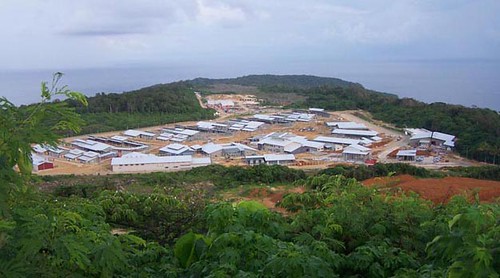The work on version three of the GNU General Public License (Wikipedia) is moving along nicely. A news update on the progress reads:
The second discussion draft of GPLv3 was released eight months ago, in July 2006. We had never planned to let so much time pass between public releases of the license. We felt it was important to fully discuss a few specific issues, including the recent patent deal between Novell and Microsoft, before proceeding with the process. A new discussion draft will be released on March 28 at 10:00 AM US Eastern time; it represents the outcome of those discussions, and the rationale document that will accompany it explains how we arrived at these decisions. However, we remain absolutely committed to hearing input from as much of the free software community as possible before publishing a final version of the license. We are adjusting the drafting process to make sure that everyone interested has an opportunity to make their voice heard.
The third discussion draft will be open for comment for sixty days. Based on the feedback we receive during this window, we may publish new language from time to time for additional review. For example, if someone points out a side effect of some term that we hadn’t considered before, we may publish updated text for that section aimed at addressing the issue. These changes will be announced on the GPLv3 web site and mailing list.
We will continue to take feedback from public comments and discussion committees as before. In addition, if there are common questions about the license, we will address those in blog posts on the GPLv3 web site. Our goal is not to preempt discussion or criticism of the draft, but rather to enhance that discussion by helping the community fully understand the text. We are also considering other ways to solicit input, which we will announce as they are planned.
After this discussion period is over, we will publish a last call draft. That draft will be open for comment for thirty days, and the final license will be published shortly afterwards. We would like to thank everyone for their continued support during this process, and their assistance as we work to make the our licenses the best they can be.
Read more about the GPLv3 and the progression of its development at the GPLv3 site.







